Penny stocks, also known as OTCs, attract a unique group of traders to the stock market due to their low share prices and exceptional volatility. Newer traders with smaller account sizes often see penny stocks as opportunities to grow their account at a rapid rate.
At Investors Underground, we generally don’t trade penny stocks for one simple reason; the volume isn’t there. As day traders, we gravitate towards both volume and volatility. If either of these two main components are missing, so is the trade setup. That said, when the OTC markets have the right volume, there can be plenty of trade opportunities. That said, trading penny stocks is a lot different than trading NASDAQs. There is a whole new set of rules you need to follow in order to give yourself an edge.
As of recently, the OTC market has been hot. Here are some tips to keep in mind when trading OTCs.
Know Your Risk
As mentioned above, penny stocks can be attractive due to their exceptional volatility. It’s not uncommon to see a stock run a few hundred percent in a few days. While this type of action is exciting, it’s important to maintain a realistic perspective. What goes up must come down, and it’s not uncommon for penny stocks to grind down to zero.
A stock that runs a few hundred percent in a few days can drop in price just as easily (and quickly).
Before even considering trading penny stocks, make sure you are aware of the risk so you can plan your trades accordingly.
Trade the Tickers – Don’t Buy the Hype
The fact remains that most penny stocks are garbage and there’s a reason why they are priced the way they are. Avoid buying into any of the hype at all costs.
Hype is everywhere – mailing lists, press releases, message boards, etc.
If you visit stock message boards, you will find plenty of people pumping stocks and explaining why the company is the next big thing. Don’t be a sucker.
If you are going to trade penny stocks, do just that: trade them.
Buying into the hype is a great way to find yourself stuck in a stock that keeps grinding down.
Pinpoint Support and Resistance Levels
Before even entering a trade, make sure you are familiar with key support and resistance levels. While this is important for any stock you trade, it’s even more important when a penny stock is experiencing an exponential run.
Knowing where key support and resistance levels are can help you understand the potential risk and reward for the trade. Once you have pinpointed these levels, you can choose a position size that enables you to better control your risk.
For example, if a stock has is at $0.07/share and a key support level is at $0.05/share, you know the risk is $0.02/share. If you buy 100,000 shares, your risk is $2,000.
Make sure you are aware of multiple support levels, as there is no guarantee that any support level will hold.
Understand Industry Trends
OTC stocks tend to run on hype, and this hype is generally industry-wide. Make sure you are aware of the “hot” sector so you can find stocks accordingly.
For example, Marijuana stocks are running right now due to the fact that many states are voting on legalization this election season. If you are looking to trade OTCs, you will want to narrow your focus to Marijuana companies.
As a reminder, these stocks are running on hype and you are simply looking to trade them. Just because a company is in a hot sector, does not mean that they stand any chance of competing in that sector.
Watch the Level 2 Screens
Level 2 screens are especially helpful when trading penny stocks. Penny stocks trade less rapidly so it’s easier to analyze the supply/demand levels in real time. Understanding supply and demand levels can help you make better trading decisions.
For example, if a stock has traded 5 million shares for the day and there are 1 million shares at $0.20 on the ask, you have good reason to believe that $0.20 may be a strong resistance level. It would take 20% of the stock’s daily trading volume just to get above $0.20/share.
Here are a few other things to look out for:
- Dilution: Does it appear as if someone is selling an endless amount of shares at a certain price?
- Market Makers: Is a certain market maker controlling the majority of buying/selling volume?
- Support/Resistance Levels: Where are the majority of orders set on the bid/ask?
- Blocks: Does it appear as if a seller is trying to unload shares on the ask (or a buyer trying to load up on the bid)?
Level 2 can be a great complement to your charts. Charts represent historical transactions whereas Level 2 represents potential future transactions.
Don’t Short the Frontside of the Move
Shorting penny stocks is a dangerous move. It’s not uncommon to see stocks run a few hundred percent. These are not rational moves and the stocks do not have to drop in price at any time.
Never short the front side of the move. It may seem like a stock has run “too much” but it hasn’t.
Know When to Swing
Trading OTCs is not about buying breakouts. You should focus on buying dips and selling into breakouts.
For that reason, swinging positions can often yield better results. For example, you may not want to buy a stock when it is up 50% on the day, whereas you may consider buying a position when it has pulled back 20% and is close to a support level.
Of course, anytime you hold a stock overnight, there is added risk, so make sure you have a plan.
Choose Your Indicators (Less is More)
Many traders use technical indicators to defend their theses about stocks. One day, the stock has to go up because the RSI is oversold. The next day, the RSI is normal but the MACD is about to crossover. If you are going to use technical indicators, make sure you do so systematically.
Technical indicators such as VWAP, Fibonacci retracements, and moving averages can be helpful when trading penny stocks, but you should be consistent with the ones you use. Let the data do the talking. For example, if trading bounces off of significant Fibonacci retracement levels works for you, use that. If placing trades based on VWAP helps you, use that. Technical indicators should help you make smarter decisions. They shouldn’t be used to justify decisions you’ve already made.
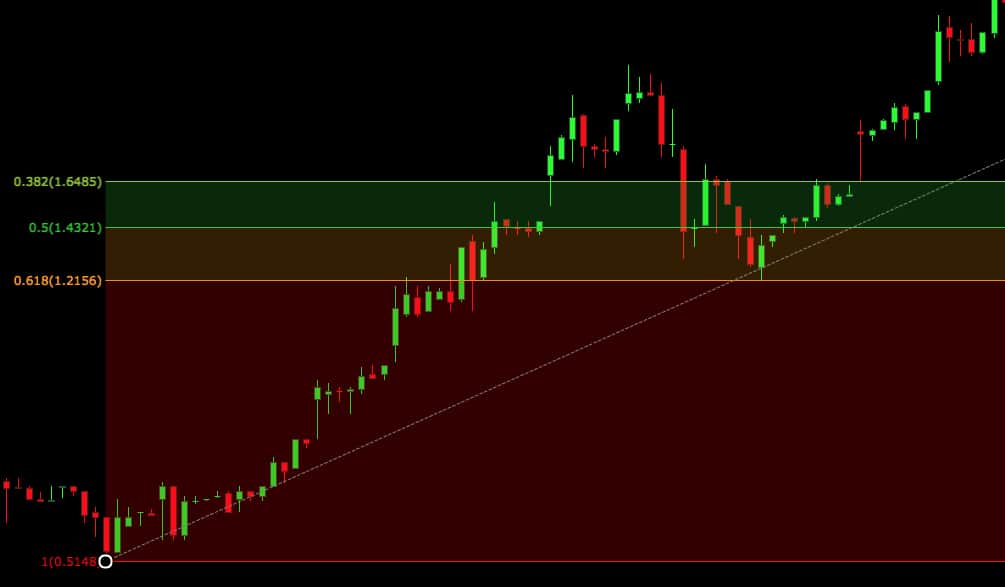
Know When the Party’s Over
Penny stock runs won’t last forever. Say it to yourself over and over again.
At one point, you need to take your profits. More importantly, you need to know when the run is over so you can focus on other opportunities.

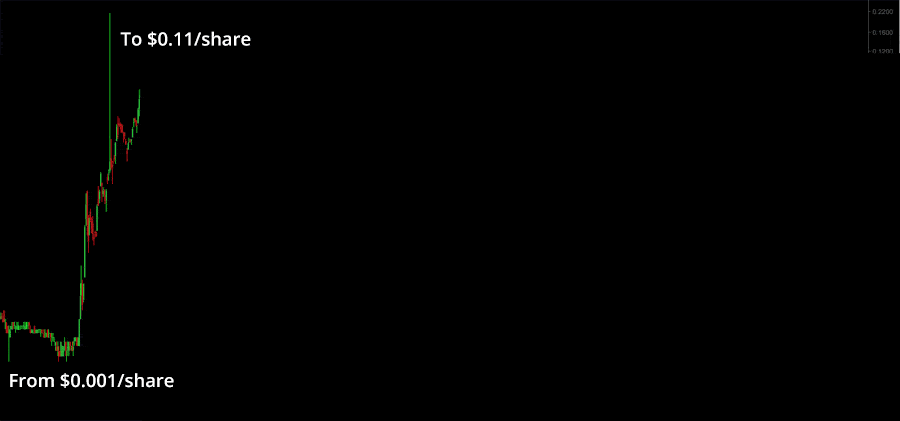
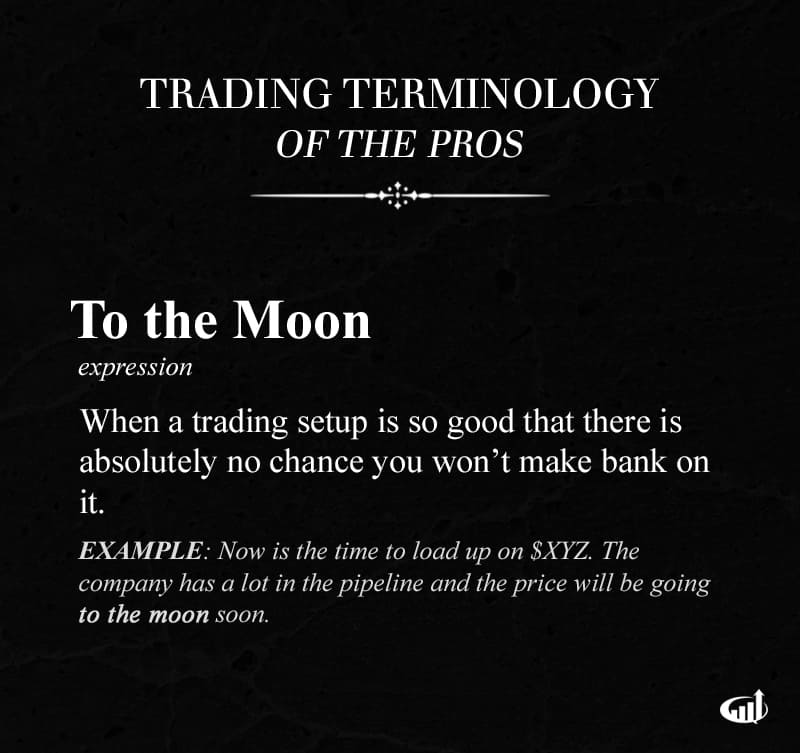
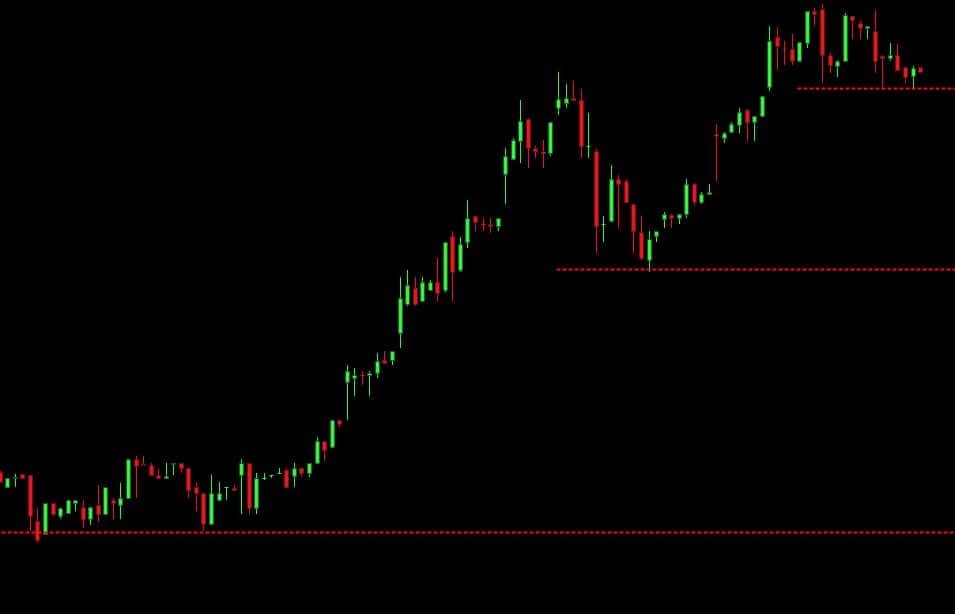
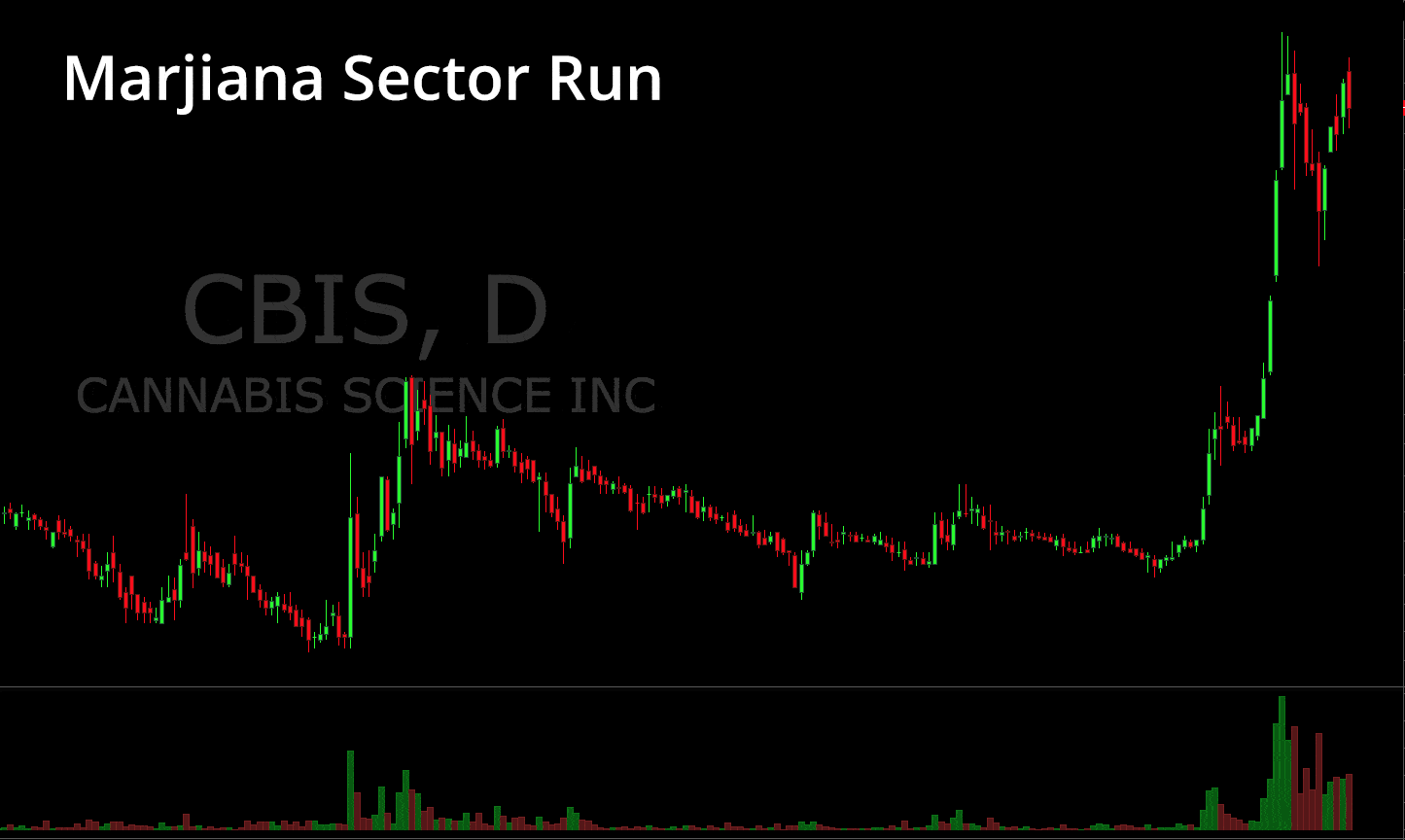
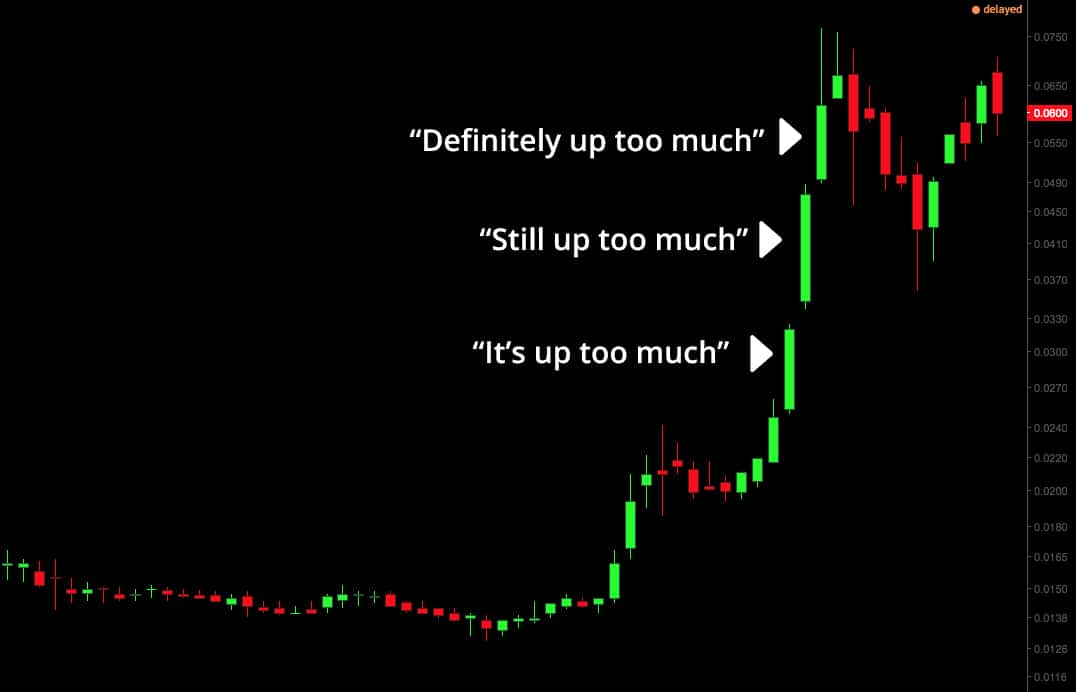
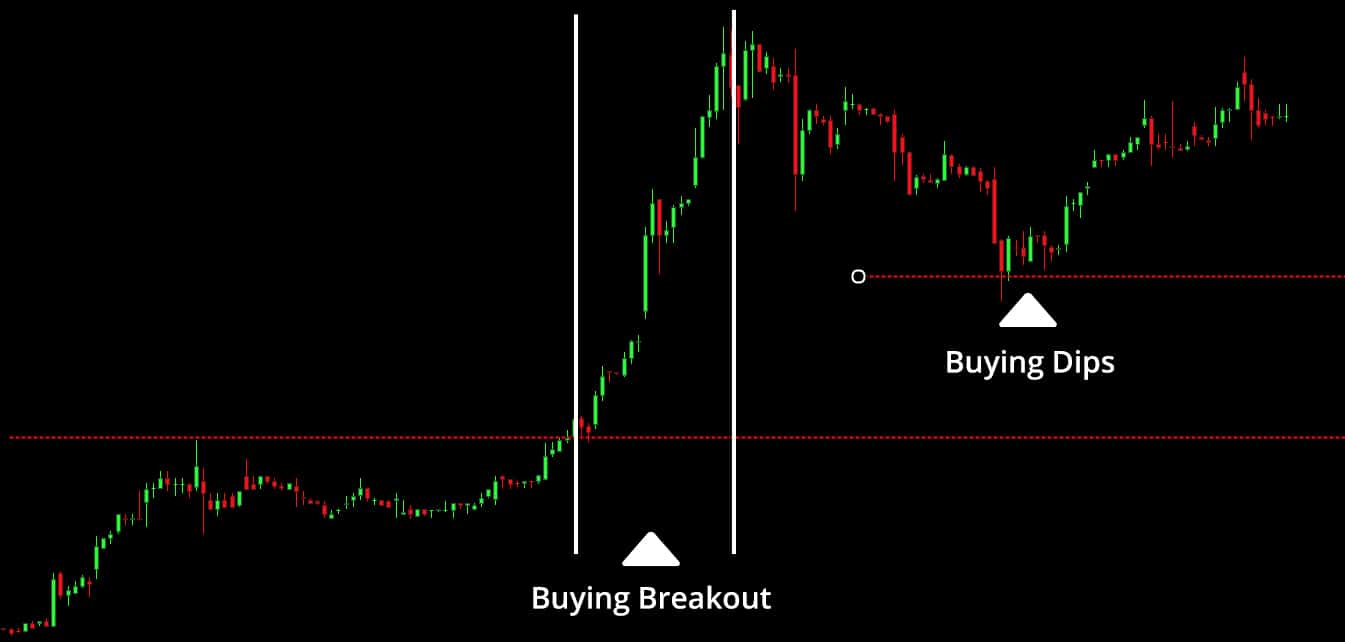
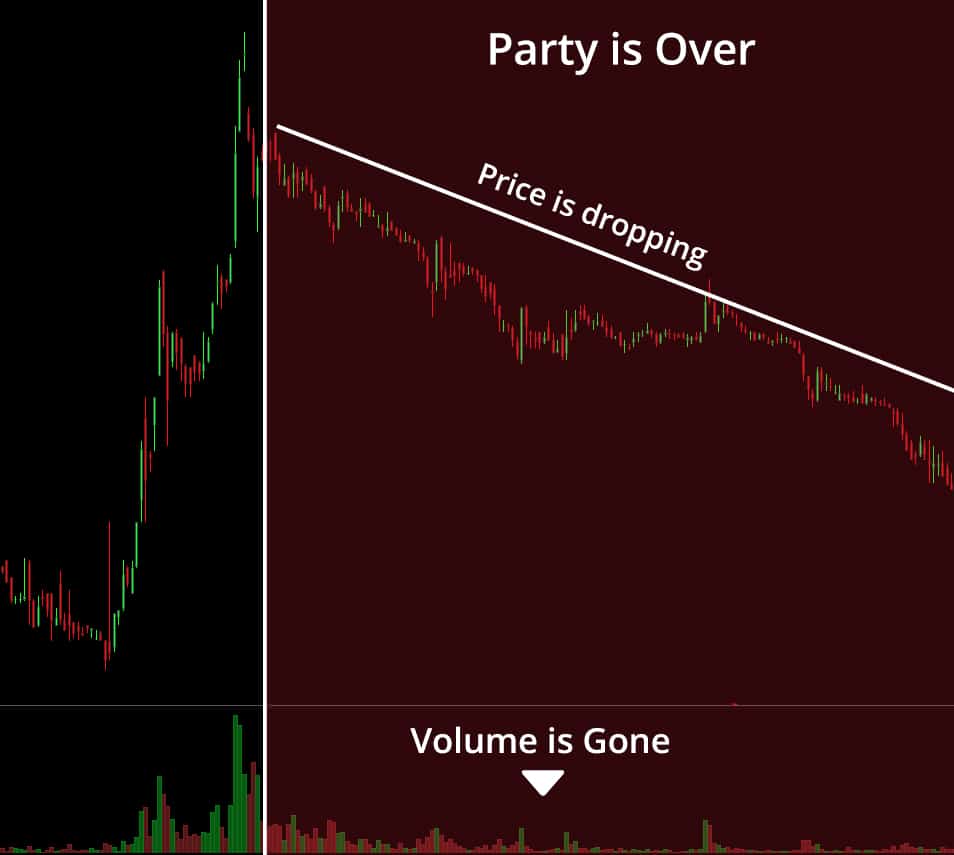




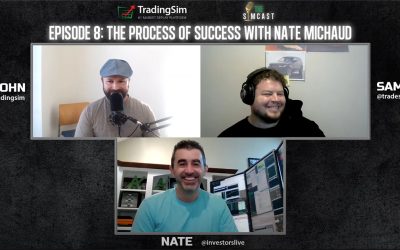


Very timely lesson. Reading about IU three different chat rooms I wondered about the OTC chatroom. And sure enough, you guys put out this lesson. Good job, as usual.
This is very helpful, I’m going to read up on supply and demand with Level2 next. Thanks for always being around Investors Underground.
Very useful. Time to trade OTC now. Thanks for being such informative Investors Underground.